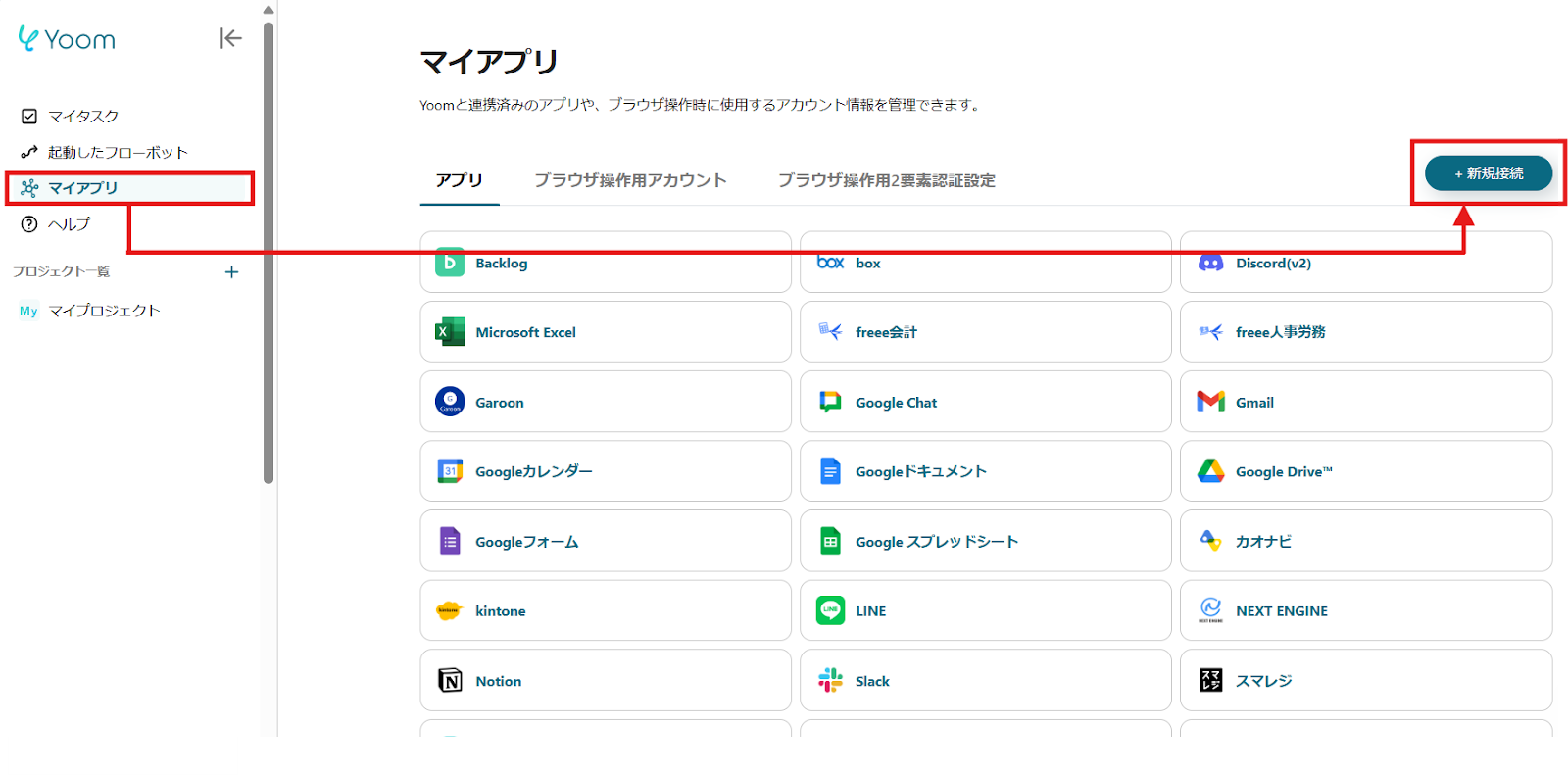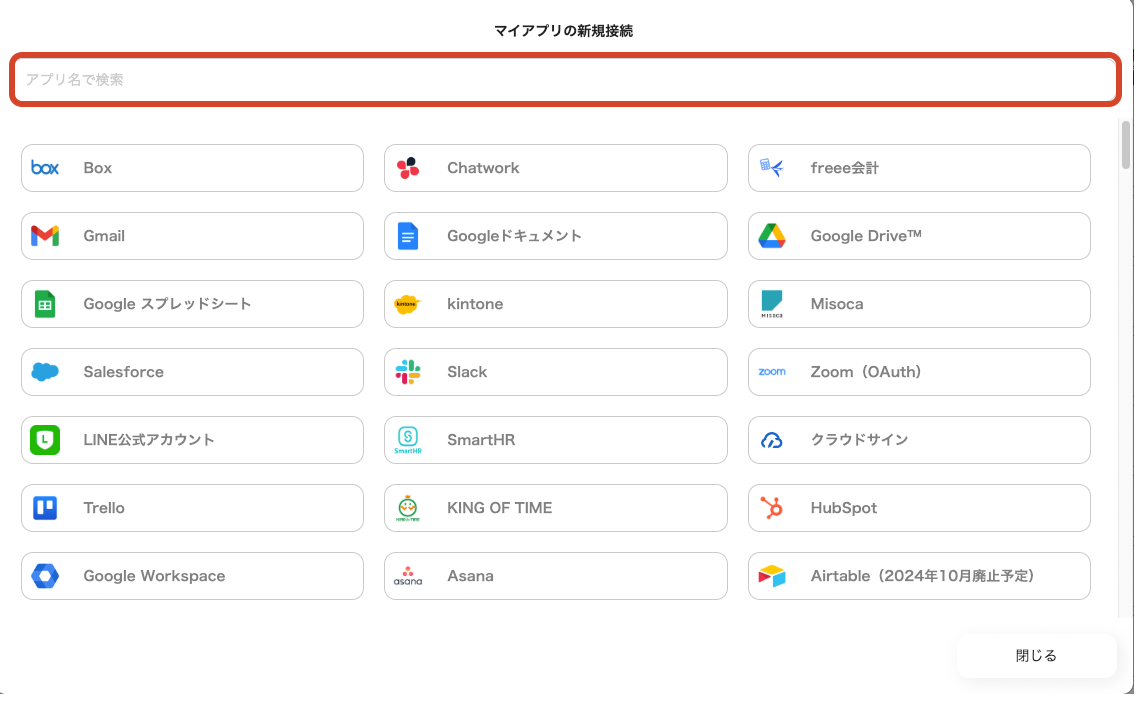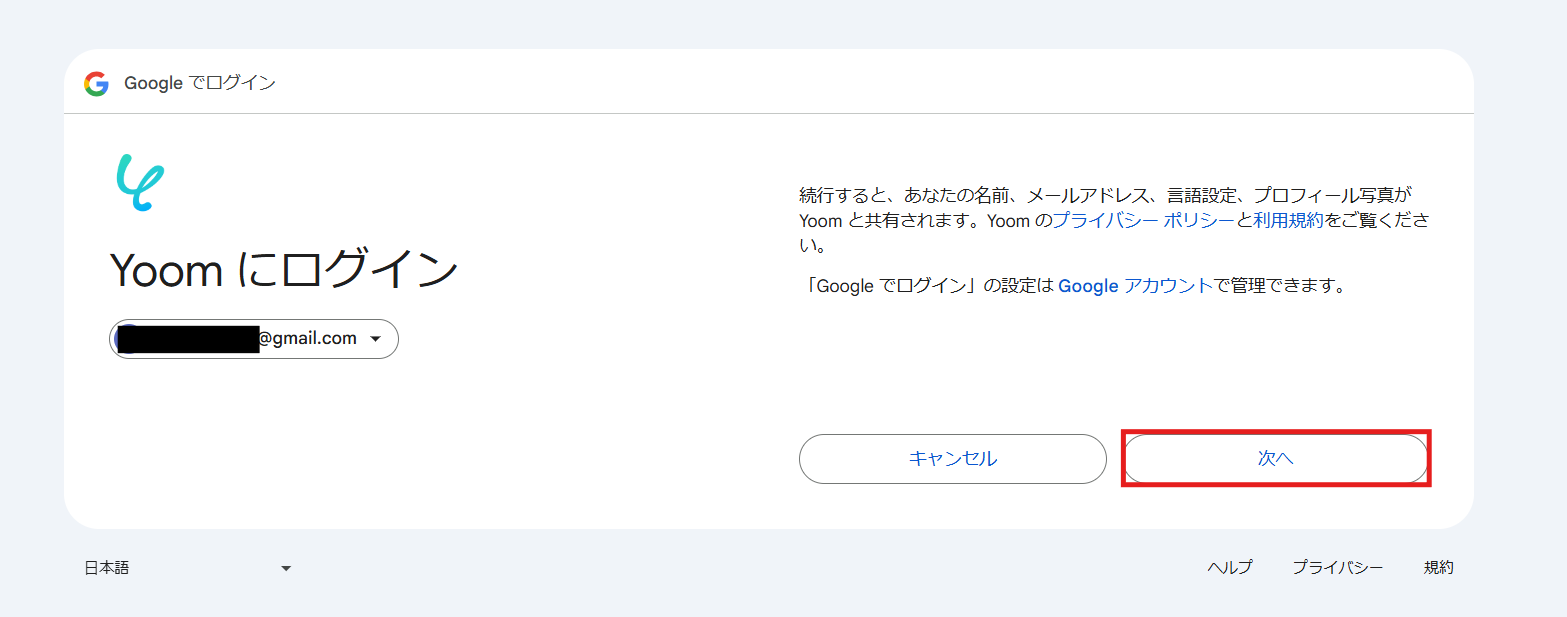What is Yoom?
Yoom is a next-generation automation tool designed for those who want to streamline their daily administrative tasks and improve work efficiency! API integrations can be challenging for non-engineers, but Yoom eliminates the need for technical expertise or complex coding, allowing you to manage apps intuitively in one place with ease.
Sign Up for Yoom Here – Quick and Easy in Just 30 Seconds!
How to Create an Invoice in Harvest When a Row is Updated in Google Sheets
You can receive updates from Google Sheets via the Google Sheets API and create invoices through the API provided by Harvest. By utilizing the no-code tool Yoom, you can easily automate this process without any programming knowledge.
The steps for this integration flow are broadly as follows:
- Integrate Google Sheets and Harvest with My Apps
- Copy the template
- Set up triggers and actions
- Finally, verify that the trigger is activated correctly
Preparation
1) First, access the official Yoom website and create an account. Yoom Account Creation Page If you already have an account, please log in.
2) In this flow, we use a Google Sheet like the one below as a trigger. Please prepare a Google Sheet with the necessary information entered.
Step 1: Integrate Google Sheets and Harvest with My Apps
1) After logging into your Yoom account, register the apps you will use next. Click "My Apps" and select "New Connection."
2) A list of apps that can be connected with Yoom will be displayed. Use the search box at the top to search for the two apps you will use this time, "Google Sheets" and "Harvest," one by one.
Once you have selected Google Sheets, log in with your Google account.
Similarly, once you have selected Harvest, log in with the account you will use.
3) Once registration is complete, an icon will be displayed in My Apps. After completing the app registration, check if the icon is displayed.
Step 2: Copy the Template
Click the banner below.






































.avif)








